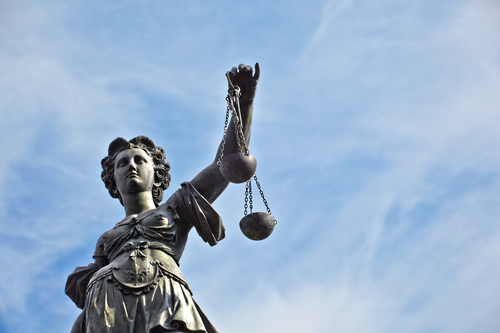 With more states legalizing cannabis for medicinal or recreational purposes, there are more cannabis legal issues that are arising. In the marijuana industry, there are a number of new business relationships that have developed in a short period of time, including distribution deals, partnerships and licensing relationships. Like in all other types of business dealings, the potential for disputes to arise between partners, competitors or parties working together is present. Conflict can arise in this context as well as in others, such as issues involving legal cannabis use and employment and housing matters.
With more states legalizing cannabis for medicinal or recreational purposes, there are more cannabis legal issues that are arising. In the marijuana industry, there are a number of new business relationships that have developed in a short period of time, including distribution deals, partnerships and licensing relationships. Like in all other types of business dealings, the potential for disputes to arise between partners, competitors or parties working together is present. Conflict can arise in this context as well as in others, such as issues involving legal cannabis use and employment and housing matters.
Due to the new nature of this industry, many individuals and businesses are choosing to use ADR instead of litigating when troubles arise. Courts are often slow to change and may support traditional commercial businesses rather than individuals or businesses that they perceive as being invested in the “pot” frenzy. Another reason why individuals may steer clear of the court for resolution is because judges and juries might punish both parties when they do not like them. To avoid these negative possibilities, parties are increasingly adding mediation and arbitration clauses in their contracts.
Mediation involves the parties meeting with a third party neutral who hears both sides of the dispute and tries to help the parties reach a resolution. The mediator does not impose any type of decision on the parties. Instead, he or she helps the parties negotiate between themselves so that they can avoid court.
Arbitration puts the decision-making authority in the hands of a decision maker that the parties have selected. This helps them select someone who is not prejudiced against cannabis. The arbitrator may have additional subject matter expertise based on a history of creating licensing deals or litigating contract issues.








 Mediation has long been accepted as an effective method of resolving legal disputes. It has been used recently to help settle personal injury cases, including those that involve boat accidents. Mediation in boat accident cases may be initiated if the lawyers for the plaintiff and the insurance company have failed to reach an agreeable settlement, usually after several rounds of negotiations. When litigation seems likely, one of the parties may suggest mediation instead. In some states, mediation is required before a case can proceed through litigation.
Mediation has long been accepted as an effective method of resolving legal disputes. It has been used recently to help settle personal injury cases, including those that involve boat accidents. Mediation in boat accident cases may be initiated if the lawyers for the plaintiff and the insurance company have failed to reach an agreeable settlement, usually after several rounds of negotiations. When litigation seems likely, one of the parties may suggest mediation instead. In some states, mediation is required before a case can proceed through litigation. Art disputes can often be complex in nature, often dealing with legal and non-legal issues that are interwoven. These disputes require a thorough understanding of every aspect that affects the dispute. Whether arising from a divorce case in which the ownership or value of the art is in question or dealing with disputes in the art industry, art disputes can often be sorted out during the course of mediation.
Art disputes can often be complex in nature, often dealing with legal and non-legal issues that are interwoven. These disputes require a thorough understanding of every aspect that affects the dispute. Whether arising from a divorce case in which the ownership or value of the art is in question or dealing with disputes in the art industry, art disputes can often be sorted out during the course of mediation.